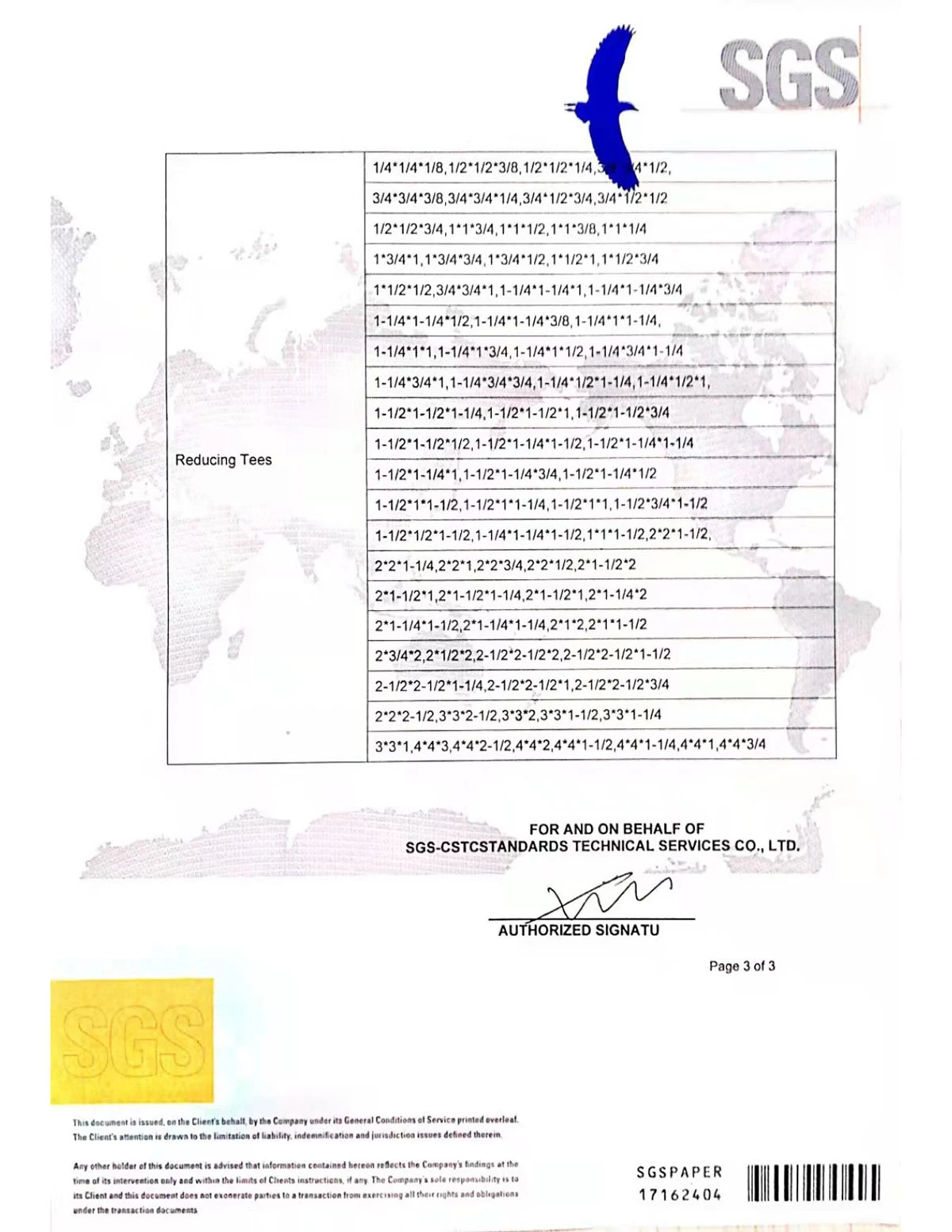In the realm of plumbing and construction, where precision and reliability are critical, the T pipe fitting emerges as an unsung hero. This often-overlooked component plays a crucial role in various piping systems, ensuring efficient fluid distribution and connectivity in both residential and industrial settings. Its understated importance is matched by its versatility and application, which span numerous industries and uses.

At its core,
a T pipe fitting is named for its shape, resembling the letter 'T'. This configuration allows it to connect three sections of piping, with one inlet and two outlets at perpendicular angles. Such a design is indispensable in creating branch lines, making T fittings a staple in any systems where fluid direction needs altering without compromising flow or pressure.
One of the key benefits of using T pipe fittings is their adaptability across different materials and systems. They are typically available in a range of materials, including PVC, copper, stainless steel, and brass. Each material offers distinct advantages, from corrosion resistance to strength and flexibility, allowing appropriate selection depending on the job requirements. For instance, PVC T fittings are popular in irrigation and drainage systems due to their lightweight and corrosion-resistant nature, whereas brass or copper might be preferred in hot water applications for their durability and heat resistance.

Moreover, the T pipe fitting's role is critical in ensuring leak-proof connections. Their design accommodates various sealing techniques, such as threading or socket welds, which safeguard against leaks that can cause significant system inefficiencies or damage. When expertly installed, these fittings maintain the integrity of the pipe network, even under high pressure or temperature variations, exemplifying their reliability.
Installation of T pipe fittings requires a combination of technical expertise and an understanding of the specific applications they are intended for. Each type of fitting and material requires distinct handling and assembly methods. For example, installing a copper T pipe fitting might require soldering, a skill that demands precision and experience. On the other hand, PVC fittings might rely on solvent welding, necessitating knowledge of the right types of adhesives and curing times. The professional handling of these installations speaks to both the expertise and trustworthiness of individuals who ensure optimal performance and longevity of the piping system.
t pipe fitting
The proper selection and installation of T pipe fittings extend beyond just technical skills; it involves an intricate understanding of fluid dynamics and system design. Engineers and technicians analyze factors like pressure ratings, flow rates, and environmental impact to choose the most suitable fitting. This approach not only optimizes the system’s operational efficiency but also ensures compliance with safety standards, reflecting the fitting’s role in overarching safety protocols.
The application of T pipe fittings isn’t limited to traditional water and fluid distribution systems. They find usage in a wide range of industries, including chemical processing, HVAC systems, and even in the burgeoning field of renewable energy technologies. Their utility in these varied applications underscores a level of authority and necessity within industrial and residential spheres.
When examining the integral role of T pipe fittings in sustainable practices, one can't overlook their compatibility with modern eco-friendly technologies. Whether facilitating the flow in greywater recycling systems or being part of closed-loop solar installations, their versatility lends to the development of greener homes and industries. This adaptability not only aids in resource conservation but also in cost reduction, making it a financially prudent choice for many stakeholders.
To conclude, T pipe fittings are more than just connectors within piping networks. They are pivotal components that embody a balance of functionality, reliability, and innovation. Their usage underscores the experience and expertise required in system installations, the authoritative role they play in diverse industries, and their trustworthiness in delivering efficient and sustainable solutions. As industries advance and the demand for efficient systems rises, the humble T pipe fitting will undoubtedly continue to be a cornerstone in helping to meet these demands, fostering advancements with each connection it makes.
Post time:
Jan-21-2025











